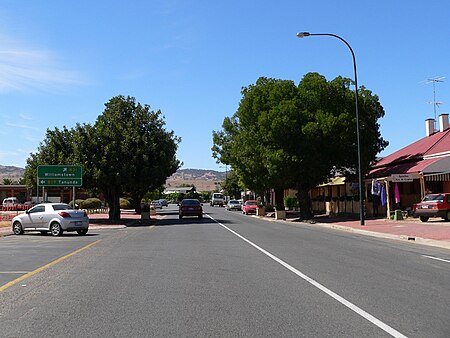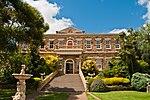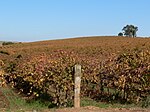Lyndoch, South Australia
Barossa ValleySouth Australia geography stubsTowns in South AustraliaUse Australian English from March 2013

Lyndoch is a town in Barossa Valley, located on the Barossa Valley Highway between Gawler and Tanunda, 58 km northeast of Adelaide. The town has an elevation of 175m and an average rainfall of 560.5mm. It is one of the oldest towns in South Australia. The town is now primarily a service centre for the surrounding grape and wine industry and a dormitory town with a significant number of local residents commuting to the city of Adelaide each day for employment. Lyndoch is in the Barossa Council. It is in the state electoral district of Schubert and the federal Division of Barker.
Excerpt from the Wikipedia article Lyndoch, South Australia (License: CC BY-SA 3.0, Authors, Images).Lyndoch, South Australia
Margaret Street, The Barossa Council
Geographical coordinates (GPS) Address Website Nearby Places Show on map
Geographical coordinates (GPS)
| Latitude | Longitude |
|---|---|
| N -34.60375 ° | E 138.886624 ° |
Address
Lyndoch Primary School
Margaret Street
5351 The Barossa Council
South Australia, Australia
Open on Google Maps







